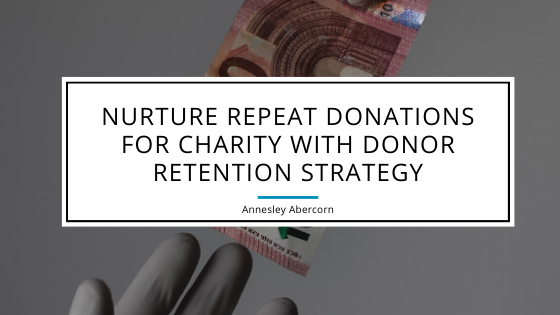Fundraisers working for charities would do well to rip a page from the playbook of experienced for-profit salespeople. The latter will tell you here is nothing worse than “cold calling.” That’s approaching a new prospect for the first time and trying to sell them something.
Salespeople know it is at least ten times easier to sell a “warm prospect.” That can be either someone who has already purchased the same or similar product previously or a name from a list of “pre-qualified prospects.” These can be bought from list brokers. Great sellers will tell you that the right path to success in sales is nurturing repeat sales.
People who fundraise for charities can leverage the same advantage. A person who has given to a charity once before is many times more likely to contribute again.
The key is to create a “house list” or donor database. This is a cache of the names of the people who have already contributed. It takes time to accumulate a significant house list, but once you have it, that list is worth its weight in gold. Then when it comes time to fundraise, “massaging the house list” will bring in more revenue faster than getting on the phone and cold calling all-new prospects.
Always be thinking in terms of donor retention when charity fundraising. Repeat donations are not only easier to get, but studies show that retaining a relationship with a donor for five years or more may result in a significant contribution from that individual.
Just one significant gift from a single donor can sometimes be more substantial than all of the small individual contributions from new donors combined over one year.
Experienced professional nonprofit fundraisers say that the best donor retention strategy for charities is about the long game. One must still do the drudge work of cold calling and searching for new givers. That involves expensive advertising, emailing brochures, sending emails and more. But when you know what part of your effort will pay off the most, you can focus more time there and less time on strategies that are not as efficient.
Finally, don’t forget the power of “thank you!” Not saying thank you in a significant and meaningful way is the fastest way to burn a permanent bridge with a promising long-term donor.

